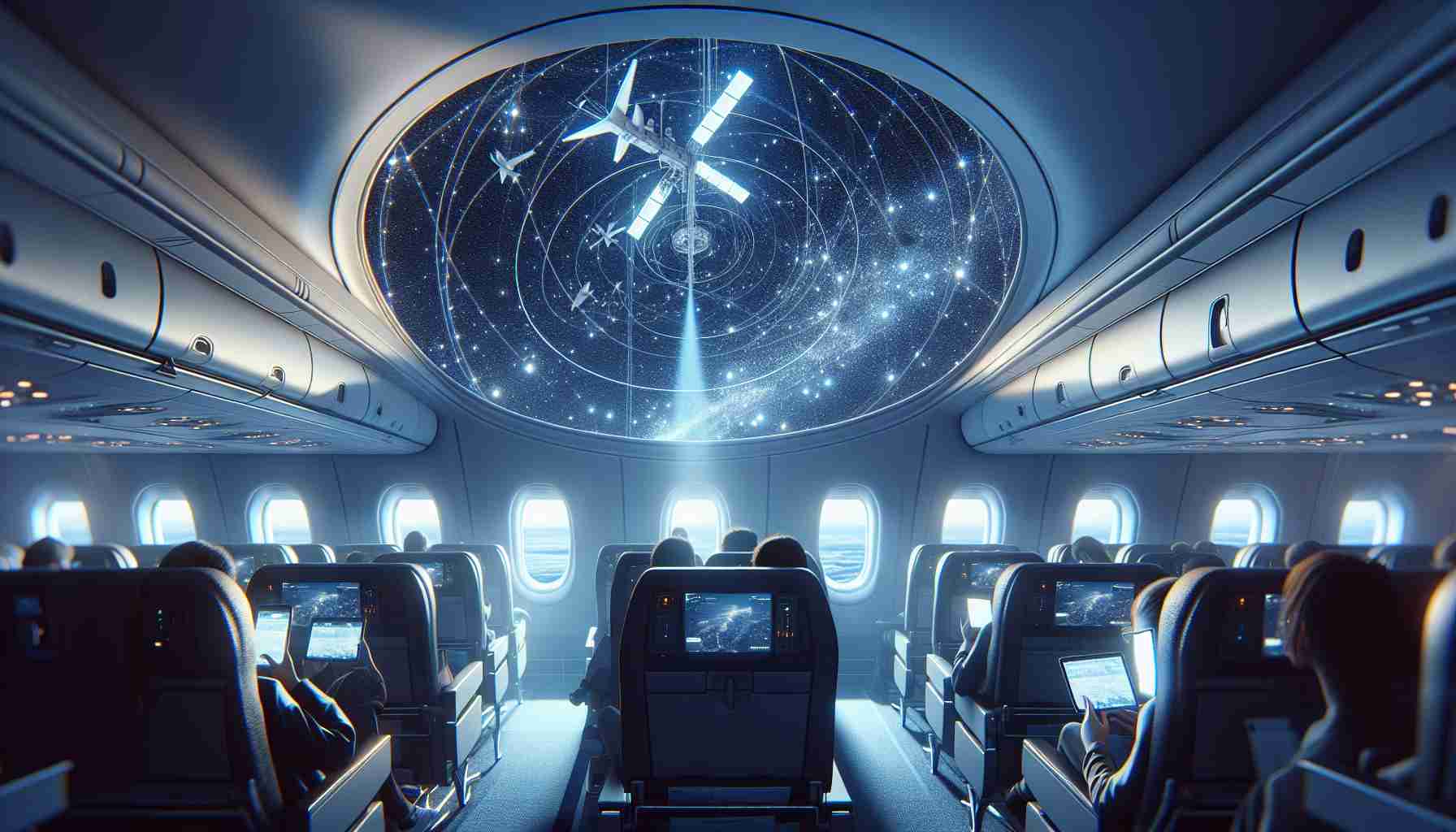
Recently, I had the opportunity to test Starlink’s WiFi service on a Qatar Airways flight, and it proved to be a transformative experience. High-altitude internet access has long been a point of frustration for many travelers, particularly those who rely on stable connections for work or communication. With Starlink, this transforms the dynamics of in-flight connectivity.
During the flight, I found myself effortlessly making video calls while soaring at an altitude of 36,000 feet. This level of connectivity is unprecedented and opens new avenues for both business travelers and vacationers alike, who can now stay connected to their professional and personal lives in real-time.
The technology enables clear video streaming, which previously felt like a distant dream when traveling through the skies. Passengers can send and receive emails promptly, engage in social media activities, and even join virtual meetings without significant lag, thanks to the satellite-powered internet service.
This innovation serves not only to enhance productivity but also to facilitate family connections during travel. As air travel evolves, services like Starlink are redefining the in-flight experience, making it not just a means of transportation but also an extension of our connected lifestyle. The future of air travel is remarkably promising with such a leap in technological advancement.
The Arrival of Starlink: Revolutionizing In-Flight Connectivity
In recent years, advancements in satellite technology have paved the way for in-flight connectivity to reach unprecedented heights. Among these innovations, Elon Musk’s Starlink has entered the aviation arena, promising to change how travelers interact with the digital world while flying. This connectivity is not merely a convenience; it addresses core needs for video communication, remote work capabilities, and recreational activities that have traditionally faced limitations in-flight.
Key Questions and Answers:
1. How does Starlink provide internet access during flights?
Starlink utilizes a constellation of low Earth orbit (LEO) satellites to deliver internet service. Unlike traditional satellite internet that relies on geostationary satellites, which can cause significant lag due to distance, Starlink’s LEO satellites are positioned closer to the Earth, allowing for lower latency connections.
2. Is Starlink available on all airlines?
Currently, Starlink is being adopted by select airlines, like Qatar Airways and Alaska Airlines, with plans for broader implementations in the future. The availability may vary based on each airline’s partnership and technical deployment.
3. What are the limitations of Starlink in-flight service?
Although the service is promising, technical limitations include bandwidth sharing among passengers, which can lead to slower speeds during peak usage times. Furthermore, connectivity can still be affected by weather conditions.
Challenges and Controversies:
Starlink’s in-flight connectivity is not without its challenges. One of the primary concerns is the regulatory landscape surrounding satellite operations and air traffic. Various countries have different regulations regarding satellite internet, which could slow adoption rates. Additionally, there are discussions about the potential environmental impacts of launching numerous satellites into orbit, contributing to space debris and its management.
Another point of contention is the pricing model for in-flight internet access. While the technology offers great benefits, the costs associated may not always be feasible for all airlines, and whether these costs will be passed down to the consumer remains a topic of debate.
Advantages of Starlink In-Flight Connectivity:
– Low Latency and High Speed: With a network of LEO satellites, users can experience higher speeds and lower latency than traditional satellite services.
– Improved User Experience: Passengers can enjoy seamless video calls, streaming services, and online gaming, which enhances the overall travel experience.
– Expanded Digital Inclusion: This technology allows for remote work and connections even while in transit, making it easier for travelers to maintain productivity.
Disadvantages of Starlink In-Flight Connectivity:
– Cost Implications: The service could result in higher ticket prices or additional fees for internet usage, potentially excluding some passengers.
– Technical Limitations: Dependence on satellite visibility may lead to service interruptions during certain conditions such as heavy cloud cover or storms.
– Regulatory Barriers: Ongoing negotiations with global authorities could slow down the rollout and availability of Starlink services worldwide.
In conclusion, Starlink’s introduction into the aviation market signals a major shift in in-flight connectivity. As technology continues to evolve, the challenges faced will need to be addressed to ensure a consistent and enjoyable experience for all travelers. The potential to redefine how we connect during flight is immense, making Starlink a significant player in the future of air travel.
For more information on Starlink and ongoing developments in connectivity, visit Starlink.



